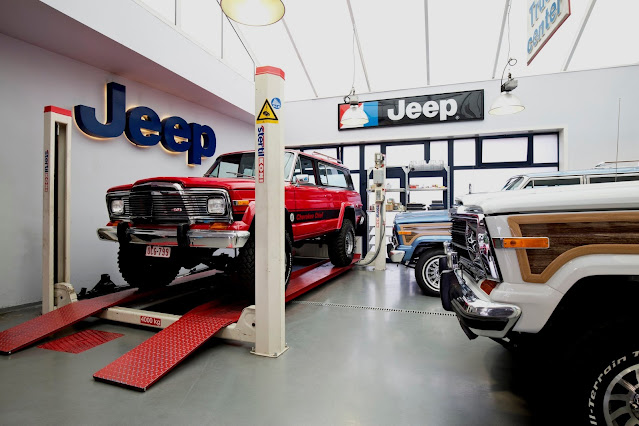Jeep Grand Wagoneer 1990: The Final Chapter of Luxury
The 1990 Jeep Grand Wagoneer is not just a vehicle but a class-defining means that told the world about the true meaning of luxury and rugged performance. Widely popular for its rugged performance, plush interiors, and beautiful woodgrain paneling, this SUV truly defined the essence of American creativity. The Jeep Grand Wagoneer 1990 continued to win people’s hearts throughout its era before finally coming to a halt in 1991. The 1990, being the last model and the most beautiful of course, holds a truly special place in the hearts of enthusiasts. All those who have enjoyed the essence of this beauty want to feel its specialty on the modern roads as well.
Why this model still matters?
The exceptional qualities that define the true nature of this SUV came into being even before the word “luxury SUV” was coined. This way, it became a symbol of perfection for all those who want the best of both worlds. The 1990 model became even more special as it went through several refinements and interior trims that made it way more valuable and attractive worldwide. As time passed, more and more SUVs were introduced into the market. With that people realised the way Jeep Grand Wagoneer 1990 was ahead of its time.
Unlike other vehicles of its era, this one maintains a broader appeal and is highly popular among not only Jeep lovers but also among those who have a deep respect for vintage aesthetics, ultimate craftsmanship, and the story embedded in each curve and panel of a vehicle. There are some elements that make this model highly suitable for restoration. We are talking about features like body-on-frame chassis, minimalist and elegant dashboard, and analog controls. All these features are not only loved by the enthusiasts but also easy to work on as compared to other qualities of the cars.
Some of the common restoration priorities
Restoring a Jeep Grand Wagoneer 1990 is always about balancing the authenticity of the vehicle while making it highly reliable in modern scenarios. Some of the most common areas that restorers focus to ensure such qualities include:
Interior Upholstery: The original vehicle featured leather-and-cloth seating with plush carpeting and genuine wood inserts. Restoration of these elements includes replacement of the worn-out fabrics, replication of original stitching patterns, and other material texture based on original designs.
Electrical systems: This is one of the most vital aspects to consider during restoration process. Every aspect of a car’s experience that makes it driver-friendly relies heavily on electrical systems. In case someone wants all the modern features with period looks, restoration of the electrical systems is the first priority. This behind-the-scenes aspect that is not usually noticed by many is the most important aspect to define the daily usability of the vehicle.
Powertrain upgrades: The original model came with a 5.9L V8 which is world-famous for exceptional power output. However, it is now inefficient and not sustainable based on modern standards. Those who want to drive these classic beauties on a daily basis opt for upgrades like modernizing carburetion or vital ignition systems. Those who are even more inclined towards saving the environment opt for full EV conversion of this setup without disturbing the aesthetic integrity of the vehicle.
The cultural and collective value of such restorations
Restoring a Jeep Grand Wagoneer 1990 is not just about repairing a vehicle, it is more about preserving a piece of classic American automotive history. Having a functional vehicle like this right now is like preserving a snapshot of the time when SUVs started to blur the line with rugged performance and premium luxury.




Comments
Post a Comment